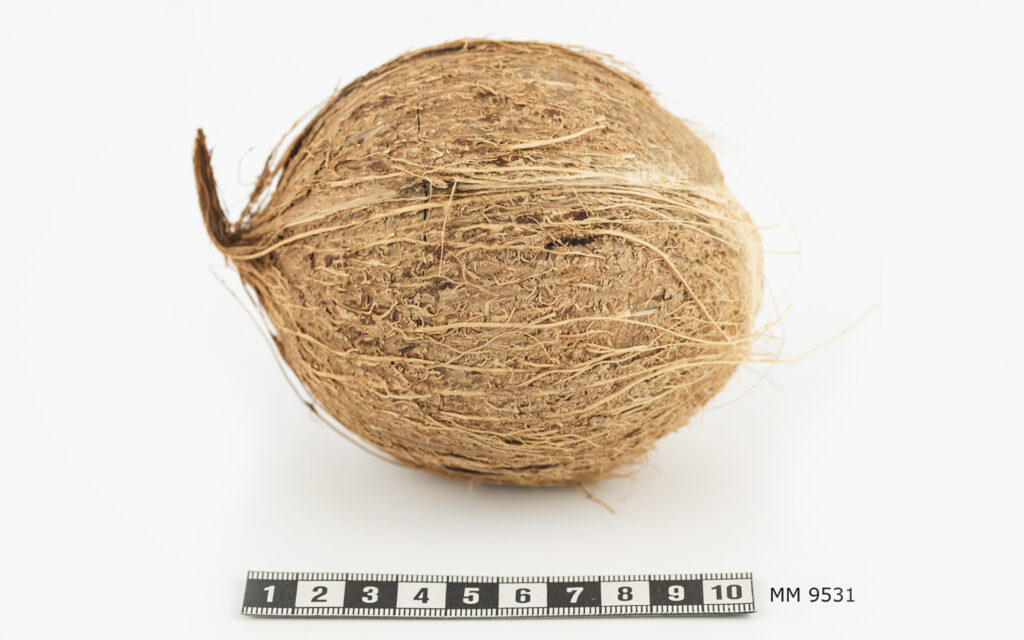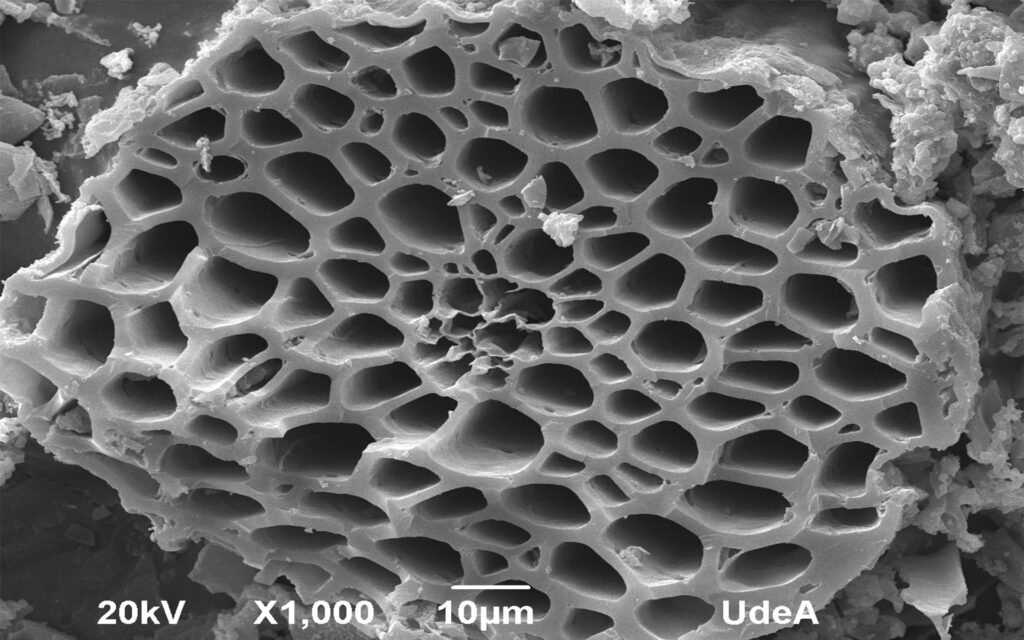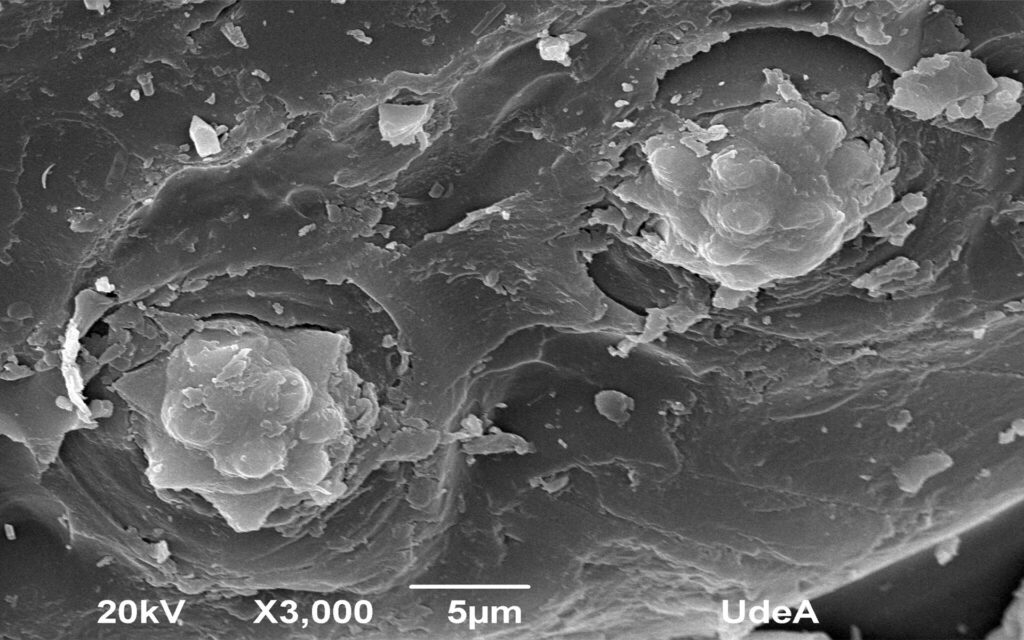The coconut is a tropical fruit native to India and Southeast Asia. This fruit arrived in the American continent via maritime routes, firstly aboard ships that crossed commercial routes hundreds of years ago, and secondly through the journey of seeds that floated in new waters to embed their roots. Undoubtedly, the coconut has traveled across several oceans, thanks to its morphology that allowed its seeds to connect continents. Its particularity is that it grows in coastal areas, close to the equator

According to the United Nations Conference on Trade and Development (UNCTAD), coconut palms originate specifically in Melanesia. The coconut is a monocotyledonous plant. In other words, it reproduces through seeds, and a variety of species of bees, other insects, and the wind cross-pollinate it.The coconut palm has an average lifespan of 60 years.
World coconut production
According to Tropic Safe, which is a Horizon 2020 research and innovation program of the European Union, coconut is the sixth most cultivated fruit in the world. It is produced in 93 countries and covers 12.3 million hectares. This results in an annual production of over 60 billion coconuts and generates a total value of 6.5 billion dollars. Thus, the Philippines (29%), Indonesia (25%), and India (17%) concentrate more than 70% of the world’s coconut production area.
Coconut production in Ecuador
Ecuador, the megadiverse country located at the middle of the world, hosts 62 protected reserves in an area of 256,370 km². According to the Food and Agriculture Organization of the United Nations (FAO), it records an approximate production of 12,300 metric tons of coconut per year. It is in this scenario that Gina San Andrés, a female scientist from the coastal province of Manabí, Civil Engineer and Ph.D. in Cities and Landscapes, took on the challenge of researching the possibilities of new uses for coconut fiber. This is to contribute to the management of the waste problem facing the coastal cities of Rocafuerte, Manta, and Portoviejo. Coconut waste occupies a large volume and represents a health challenge.
Being a woman in the field of civil engineering
Gina shares her professional experience and mentions that at the beginning of her university education, she started with a group of 25 male classmates and 4 women. From the very beginning, she identified the need to create strategies to manage power dynamics in the field of civil engineering. She points out something particular that happens in her profession. When working in the field, it is necessary to lead groups with workers and colleagues who are not familiar with equality. However, through a very serious and technical stance, she created a strategy of protection in both the public and work spheres. As a woman, this allowed her to work and grow in her professional field. Throughout her career, she specialized in road design and deepened her work in consultancy processes. However, she never stopped working in male-dominated environments. The ratio of 10 to 1 is a constant. Gina states: “In my profession, being a woman is a great challenge, and we have to devise strategies to protect ourselves. Additionally, in my case, I was trained by my father. He is a Civil Engineer, and he raised me to be a strong and independent woman; he was extremely demanding with me.”

Gina designed her research in response to an invitation from the Municipality of Rocafuerte and its need to manage the waste from the production of this fruit. This city is one of the largest coconut producers in the country. Manabí is a coastal province where having adequate laboratories for science has unreachable costs and are not available. In this scenario, through international cooperation, local management with companies, and collective work with researchers from Italy and Colombia, she strategically managed to seek institutions that could contribute spaces and scientific expertise to her dream.
Main uses of coconut fiber
At the international level, people use this fiber to dampen sound. It serves as an excellent acoustic insulator and also finds application as internal filling in automobiles. Among its most interesting properties is its ability to function as an excellent thermal insulator. Additionally, it is antiseptic, as it does not harbor fungi or bacteria. Currently, people use it as material for textiles. Gradually, it is entering that industry as a thread of coconut fiber for sewing clothing. Great possibilities exist for this fiber; in fact, manufacturers use it in the production of ecological mattresses.
Furthermore, in civil construction, it is used as geotextile. It is placed in the soil as a geomembrane on roads in slope cuts. The particularity of coconut fiber is that it allows the soil to remain moist, has nutrients, and prevents erosion, thus favoring reforestation of slopes.In Ecuador, people still use coconut fiber for caulking, forming wrapped fiber cords for the artisanal manufacture of fishing boats in Manabí. They fill the spaces between the planks of wooden boats with these coconut fiber cords.
The coconut life cycle and its issues
As researcher San Andrés explains, in Manabí, in the last phase of the cycle, the destination of the waste from this fiber is in landfills. This is the problem that gave rise to her research. Producing cities lack waste sorting management.
Currently, people manage coconut in cities this way, while in rural areas, it’s a diverse practice, including incineration. They accumulate the fiber in piles and wait for natural drying, which implies health problems because it attracts rodents and pests.
At the initial stage of the cycle, which is cultivation, the first strategic actors are the Manabí farmers who generally engage in mixed crops, meaning combinations of coconut and cocoa. Then there are traders at various scales, considering that the consumption of this fruit is internal and it goes to cities like Quito and Guayaquil. After consumers, there are recyclers and authorities who manage landfills.
Findings of the coconut fiber research

For San Andrés, it has been fundamental to understand how nature works, much like biomimicry does, to understand how to emulate natural processes and forms. Thus, thanks to her passion for applied science to materials, she addressed the absence of specialized laboratories in her city by traveling to Medellín to conduct a morphological study of coconut fiber. With a scanning electron microscope analysis, to visualize nanoparticles, she was able to interpret the resulting images and evidenced 3 key points:
- When she analyzed coconut fibers, morphologically she found that they have a tubular composition juxtaposed with concentric microfibrils. Like a beehive, with elongated cells between which there are nano spaces.
- Chemically, she found in the fiber: calcium oxide, sulfur oxide, aluminum oxide. This led her to study cement and determined that the oxides of coconut fiber are quite similar to those of pozzolanic cement, which opens the possibility of improving cement in a composition with coconut fiber ash and endocarp.
- With the application of thermogravimetric analysis, she demonstrated the endothermic capacity of coconut fiber because it absorbs heat. This favors it as a thermal insulator for high-temperature environments. This reason could enable the construction of sustainable housing.
The main goal of the researcher was to have a new material. She managed to prove that the fiber favors the matrix of industrial recycled polymers for mechanical resistances of traction, flexion, and compression. This leads her to sustain the dream of making structural walls capable of withstanding seismic loads with this material and impacting the coconut lifecycle. That growers can take advantage of waste to have decent housing. That is her next step, improving traditional materials by reusing coconut fiber.
Partnerships and international cooperation for science
Finally, these findings were made possible through university cooperation that the researcher strengthened with the University of Basilicata in Italy with a doctoral scholarship, her University San Gregorio de Portoviejo, and experts from the Universidad Católica Luis Amigó in Colombia. Private companies enriched this cooperation triangle by opening their doors and laboratories for coconut fiber testing. Thus, her cooperation and collective work were a cornerstone. On a personal level, she mentions that the path of a female researcher in Manabí is quite lonely, both because the university does not have all the necessary spaces for the development of collective knowledge, and because of the stereotypes of the roles that women must fulfill at a professional and family level. That is the greatest challenge, being a mother and a scientist at the same time, without time being unkind.
On the other hand, according to Gina San Andrés, one of the necessary conditions for implementing a research process is to have a strong social component. She carried out a knowledge transfer project in communities related to coconut fiber and identified a profound interest among women in finding solutions to waste management. Fifteen-year-olds approached the possibilities of reuse and also the inspiration that a trajectory of university education can transform their lives.





